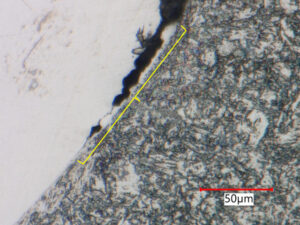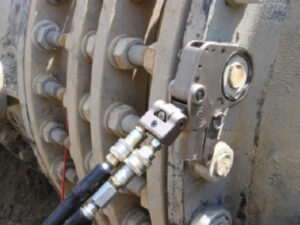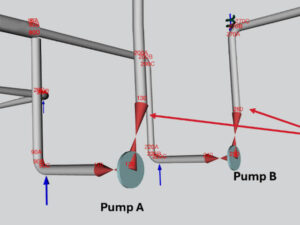On October 10, we launched the new interface of our Equity Engineering Cloud (eec) platform. The UX, R&D, Software, Marketing, and Business Development teams at E2G have been working together to develop a better experience for our existing and future eec clients. After launching the original version of the eec in January 2017, the interface has only required incremental improvements. To prepare for bigger and better things for the eec platform in the coming years, we decided an uplift to the interface this year was necessary.

As part of this update, we have incorporated a number of new features to aid you with your workflow, including:
Easy Navigation
- Find the tools to solve your problem more efficiently with an easy-to-use search bar and hierarchical filters
- Bookmark your frequently used calculators so they appear in your personal list of bookmarks
- Discover other tools that we offer by showing a preview of all the tools that meet your search criteria
- Upload your previous jobs simply by dragging and dropping them anywhere on the screen, and be automatically navigated to the corresponding tool
Clear Interface
- A clear interface within each calculator, bringing to the forefront all of the available features
- Apply advanced model options
- Load built-in example files
- Toggle through all additional/advanced results
- Generate PDF reports to store your results
- View and download any SagePlus™ input and output files

Greater Transparency
- Notifications when changes are made to the platform
- Notifications and change logs for all tools, detailing changes as they are made
Personal Dashboard
- A personal Job Dashboard for managing your previously run jobs
- Name and rename jobs
- Apply tags to group jobs
- Filter based on tags and names
- Load all inputs and outputs for previously run cases
- Delete previous cases

For more information, please submit the form below:





